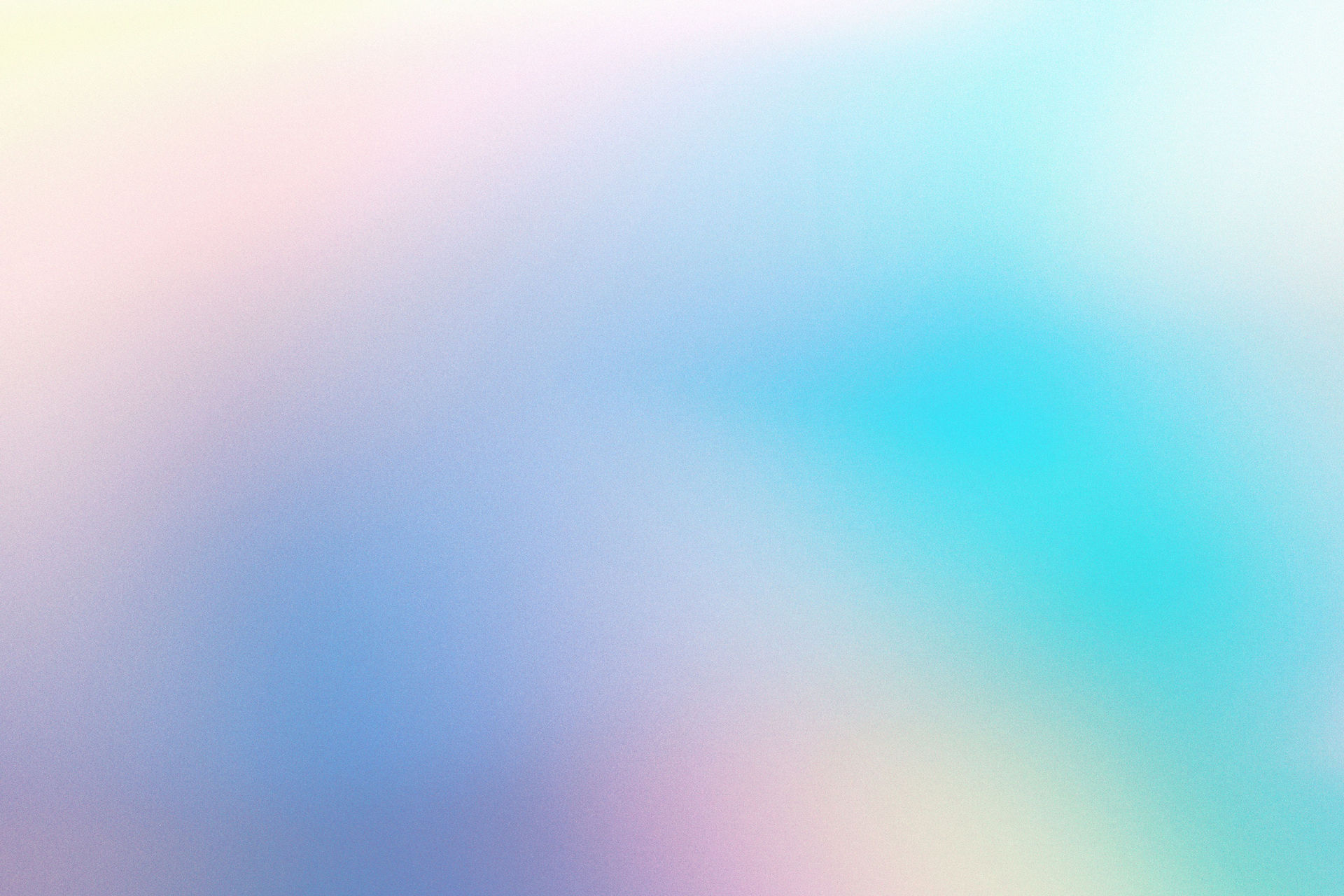

News Update at 30th Dec 2020
-
We wish you all a happy new year and hope you will remember to renew your membership for 2021.
-
There has been a change to our April booking which will now be a Zoom demo of portraiture in pastels from Rob Wareing.
-
There is an EXTRA too! The opportunity to paint along with NZ artist Richard Robinson on 14th Jan. Fiona Gale gives all the info you need to know HERE

NB Sorry but Mobile phone view is NOT recommended for this site. Laptop is much preferred

Double Elephant Print Demo and Workshop 1st/2nd July 2022
Monotypes, Collagraphs and Etchings
Double Elephant gave us two jumbo sessions comprising a lively demo of different 'art' printing techniques presented by Simon Ripley followed next day by a great workshop of printing activities organised by his colleague Lynn Bailey


Double Elephant Print Workshop are a large team of artistic printmakers based in Exeter's Phoenix Art Centre and committed to a community and outreach approach that takes them into schools, prisons - and even art societies! They take their name from one of the more exotically named imperial measures of paper size (26.7" x 40", since you ask).
1) Monoprints.
Firstly Simon demonstrated how to create a monoprint by rolling printing ink onto a metal plate, arranging leaves or other textural objects onto the plate, and rolling the plate through the printing press.


Simon's Example Monoprint

This was a technique further demonstrated next day by Lynn resulting in a large number of exciting prints from those attending the workshop. Many of these were the result of a rearrangement of elements on the plate after the first pass, resulting in more nuanced paler colours and greater complexity of image in the second pass through the press.

A 'first pass'

Another 'first pass'

'Second pass'

Another 'second pass'





2) Collagraphs.
Collagraphs are the printing equivalent of collage. Imagine a monoprint where the leaves and other elements [textured wallpaper cutouts, plastic mesh, card ... ] are permanently glued in place on the plate [often a metallic sheet]. Creating the design is usually a much more considered and intricate affair. The payoff is that the collagraph can be used to reproduce an image many times over - varying ink colour and pattern if desired.
We were shown several examples but time did not permit our creating our own in a busy one-day course.




'Proper' etching is, of course, the business of drawing on a thin layer of wax with a sharp scribe and then sinking the underlying metal plate into a bath of acid which then eats into the metal.
Instead of that rather risky procedure we were shown how to take a sharp nail [embedded in a wooden holder] and a piece of perspex sheet. We carefully cut into the perspex, choosing from a selection of images of insects mainly. This was surprisingly tough for some of us [well, me anyway! [CP] ].



Cutting into the perspex

'Intaglio' (from the Italian for 'to cut into') is the next stage after the etching and involves working thicker black printing ink into the cut marks with a stiff toothbrush. (Wash it properly before cleaning your teeth!!). The surface is then loosely wiped clean, followed by rubbing gently with very soft 'scrim' and finally burnishing the unmarked portions [with Yellow Pages paper if you can find it!).
This leaves the ink of the image remaining in the grooves.
As with a collagraph, the result can be printed from over and over again.

Applying the ink into the grooves
A pile of scrim
A print from a perspex etching
